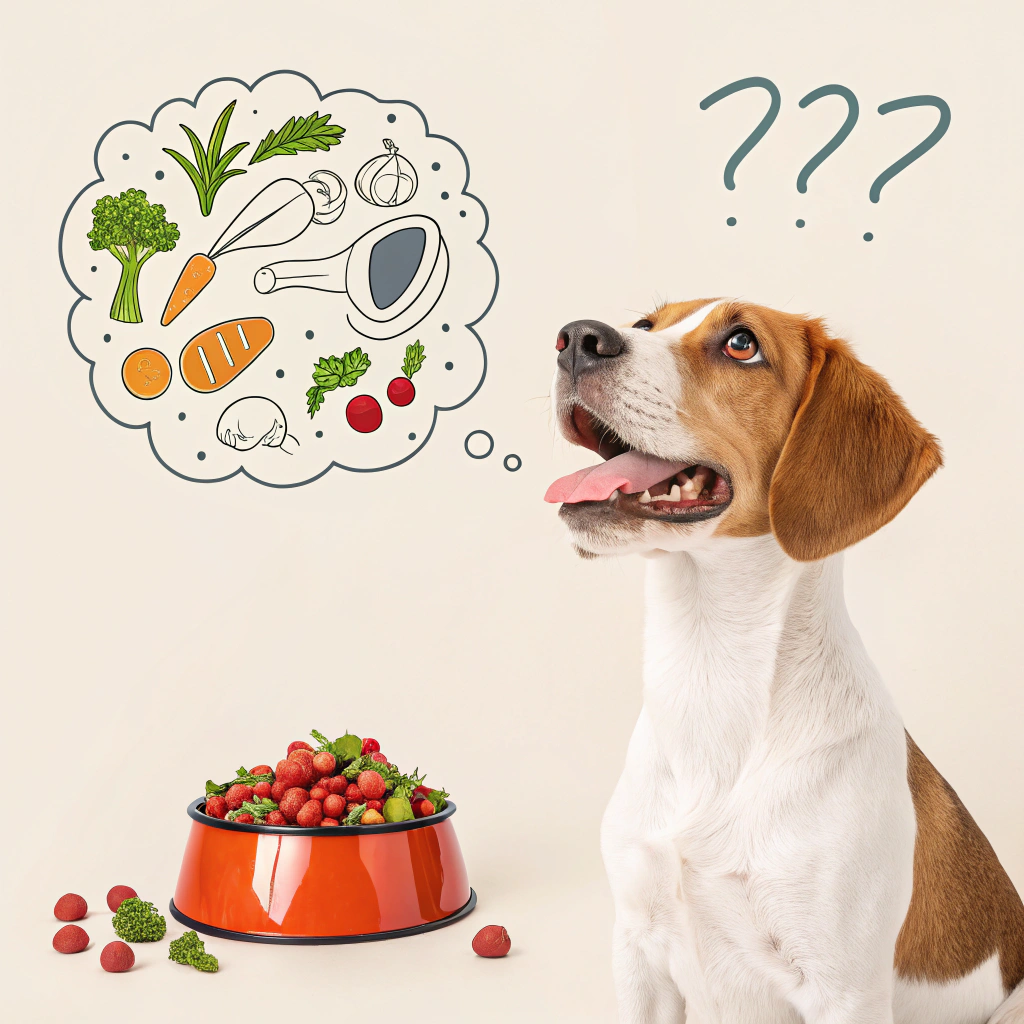As a dog owner, one of the most important decisions you will make is what to feed your furry friend. The right diet can significantly impact your dog’s health, energy levels, and overall well-being. With so many options available, it can be overwhelming to determine the best diet for your dog. This article will explore the various dietary needs of dogs, the types of food available, and how to choose the best diet tailored to your pet’s specific requirements.
Why This Topic Is Worth Reading

Understanding your dog’s dietary needs is crucial for their health and longevity. Just like humans, dogs require a balanced diet to thrive. A well-nourished dog is more likely to have a healthy weight, a shiny coat, and a robust immune system. By learning about the best diet for your dog, you can help prevent health issues such as obesity, diabetes, and allergies.
Moreover, the pet food industry is vast and often confusing. With countless brands and types of food available, it can be challenging to discern which options are genuinely beneficial. This article will provide clarity on what to look for in dog food, helping you make informed choices for your beloved pet.
Finally, understanding your dog’s nutritional needs can strengthen the bond between you and your pet. A happy, healthy dog is a joy to be around, and providing the right diet is a fundamental part of responsible pet ownership.
Key Highlights or Must-Know Points
- Dogs require a balanced diet that includes proteins, fats, carbohydrates, vitamins, and minerals.
- Different life stages (puppy, adult, senior) require different nutritional needs.
- There are various types of dog food: dry kibble, wet food, raw diets, and homemade meals.
- Always consult with a veterinarian to tailor your dog’s diet to their specific health needs.
Choosing the Best Diet for Your Dog
- Understand Your Dog’s Nutritional Needs
Every dog is unique, and their dietary needs can vary based on age, breed, size, and health status. Puppies require more protein and calories for growth, while senior dogs may need fewer calories and more fiber. Consult your veterinarian to determine the specific nutritional requirements for your dog.
- Evaluate Different Types of Dog Food
There are several types of dog food available, each with its pros and cons:
- Dry Kibble: Convenient and cost-effective, dry kibble is popular among dog owners. Look for high-quality brands that list meat as the first ingredient.
- Wet Food: Often more palatable for dogs, wet food can be beneficial for hydration. However, it can be more expensive and may contain more preservatives.
- Raw Diets: Some owners opt for raw diets, believing they mimic a dog’s natural eating habits. While raw diets can be nutritious, they require careful handling and preparation to avoid health risks.
- Homemade Meals: Cooking for your dog allows you to control ingredients, but it requires knowledge of canine nutrition to ensure a balanced diet.
- Read Labels Carefully
When selecting dog food, always read the labels. Look for foods that meet the Association of American Feed Control Officials (AAFCO) standards. Ingredients should be high-quality, with real meat as the primary source of protein.
- Monitor Your Dog’s Health
After transitioning to a new diet, keep an eye on your dog’s health. Look for changes in energy levels, coat condition, and digestion. If you notice any adverse effects, consult your veterinarian.
Extra Tips, Notes, or Warnings
- Transition Gradually: When changing your dog’s diet, do so gradually over a week to avoid digestive upset.
- Watch for Allergies: Be aware of any food allergies your dog may have. Common allergens include wheat, soy, and certain proteins.
- Portion Control: Overfeeding can lead to obesity. Follow feeding guidelines on the food packaging and adjust based on your dog’s activity level.
- Stay Hydrated: Always provide fresh water alongside your dog’s meals to keep them hydrated.
Common Questions Answered
What should I look for in dog food? Look for high-quality ingredients, a good balance of protein, fats, and carbohydrates, and ensure it meets AAFCO standards.
Can I feed my dog human food? Some human foods are safe for dogs, such as lean meats and certain fruits and vegetables. However, avoid foods that are toxic to dogs, like chocolate, grapes, and onions.
How often should I feed my dog? Most adult dogs do well with two meals a day, while puppies may require three to four meals. Consult your vet for specific recommendations.
Is a raw diet safe for my dog? A raw diet can be safe if properly managed, but it requires careful preparation and knowledge of canine nutrition. Consult your vet before making the switch.
Final Thoughts
Choosing the best diet for your dog is a vital aspect of responsible pet ownership. A balanced diet tailored to your dog’s specific needs can lead to a healthier, happier life. By understanding the various types of dog food available and consulting with your veterinarian, you can make informed decisions that will benefit your furry friend for years to come.
Get Involved
We invite you to share your experiences with your dog’s diet! What works for your pet? Have you tried different types of food? Leave your comments below, ask questions, or share this article with fellow dog owners to help them make informed choices for their pets.
Leave a Reply